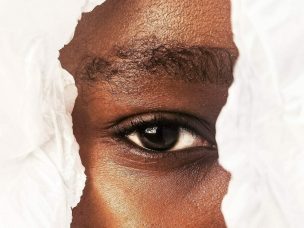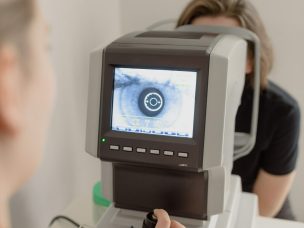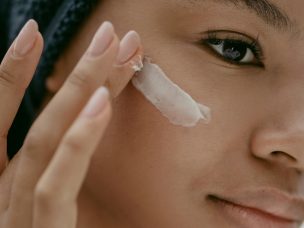Previous research has shown that wet and dry age-related macular degeneration (AMD) are most prevalent in Caucasian Americans. Asian Americans experience the next highest prevalence rates, followed by Hispanic Americans, and lastly, African Americans. The characteristics and progression of disease also vary based on patient race and ethnicity. Researchers sought to characterize the progression of AMD in African American patients.
The Age-Related Eye Disease Study (AREDS) used a simple clinical scale to analyze the data of 157 African American patients and 4,095 non-African American patients with AMD as their conditions progressed. This scale assessed drusen size and retinal pigmentary abnormalities over the five-year risk period for the development of advanced AMD (geographic atrophy involving the center of the macula or wet AMD).
The medium age for participants was 66 for African American participants and 69 for non-African American participants. Baseline data for African Americans vs. non-African Americans for the five steps of the AREDS Simple Scale ranging from 0 – 4 were recorded as follows: 67% vs. 39%, 15% vs. 17%, 11% vs. 16%, 5% vs. 13%, and 2% vs. 16%.
African American participants reported worsening condition severity for steps 0 – 2 at 13%, 4%, and 18%. In contrast, non-African American participants reported 22%, 31%, and 44% for worsening condition severity for the same steps. Only two (1.3%) of the African American patients developed advanced AMD at five years.
From this data, we can conclude that the risk of progression to advanced AMD and the severity of the disease are much lower in African Americans. A call to action is made for further research to determine why African Americans with AMD experience lower disease severity [1].
Source:
[1] Chew, E.Y., Clemons, T., Lindblad, A., Ferris, F.L., & Klein, R. (2006, May). The Progression of Age–Related Macular Degeneration in African–Americans Enrolled in the Age–Related Eye Disease Study (AREDS), Using the AREDS Simple Scale. Association for Research in Vision and Ophthalmology. https://iovs.arvojournals.org/article.aspx?articleid=2393364










